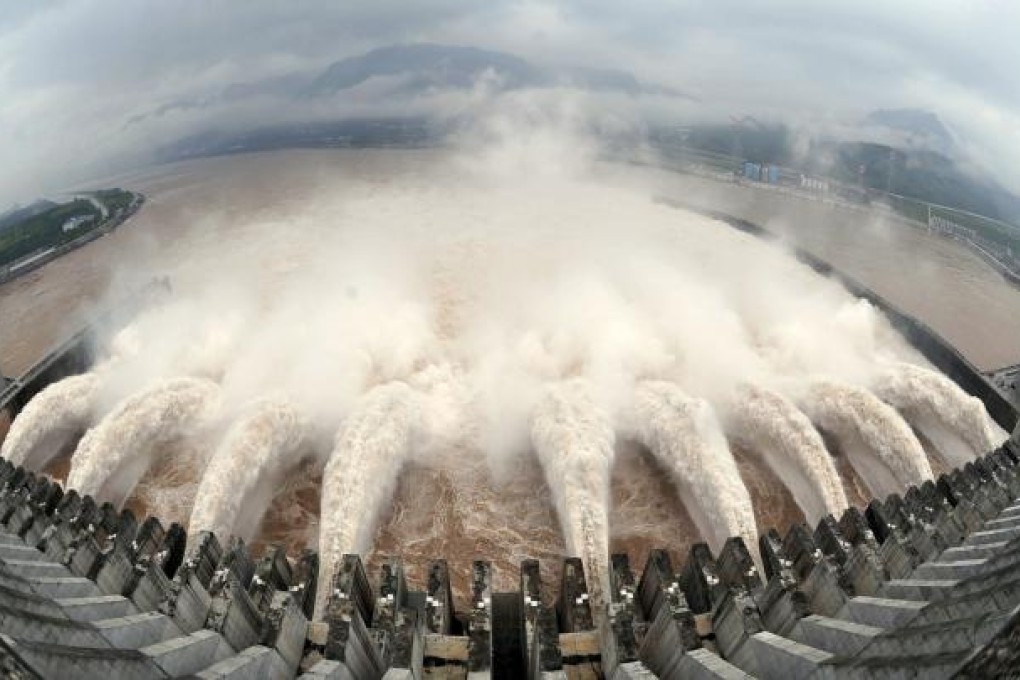GDP gap in China the size of Guangdong economy
Concerns of statistical fraud have arisen once again after a 5.8 trillion yuan difference was found between China’s national gross domestic product and that of its 31 provinces and administrative regions.

China’s nominal GDP hit 51.9 trillion yuan (US$8.3 trillion) in 2012, which translates to 7.8 per cent growth for the year – the slowest in 13 years, according to the National Bureau of Statistics (NBS). Latest economic output figures for the sum of all its provinces, however, came in at a much higher 57.69 trillion yuan.
The GDP gap – equivalent to the size of Guangdong’s economy – is not a new phenomenon. Discrepancies between national and provincial figures have appeared since the country began calculating them separately in 1985.
In the Beijing News report, Liu Yuanchun, vice-president of Renmin University’s economics department, said the difference was “difficult to avoid” because of double-counting and a general lack of statistical accuracy and transparency in the country.
Inter-regional economic activity between provinces would often be duplicated when compiling provincial statistics. Liu gave the example of the Beijing-based Three Gorges Corporation that submited output figures for Beijing and for Hubei during the construction of the Three Gorges Dam.
Another possibility was statistical fraud. Taking advantage of the mainland’s dodgy accounting standards, enterprises engaged in tax evasion would very often cook their books and file phoney data. Local governments were also at fault for “inflating” figures on economic performance to make them appear more impressive.